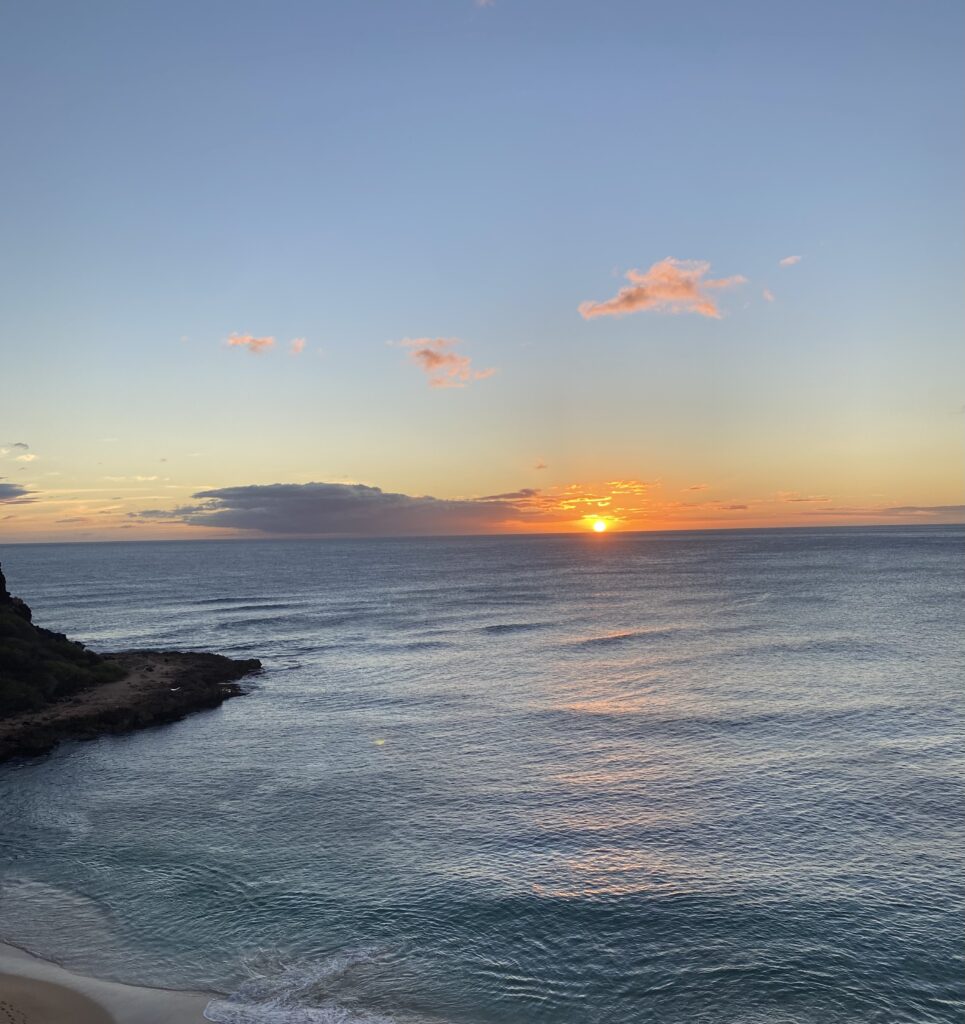By Jordan Gibson, Tribal Youth Training and Technical Assistance Specialist, Tribal Youth Resource Center

I am an Indigenous behavioral health practitioner and a licensed Behavior Analyst and I have worked in this field for almost a decade providing behavioral health services for those on the autism spectrum. I live in Hawaii and I have worked in Native Hawaiian community of Waianae, Hawaii.
From my experience, the most effective treatment plans for Native people are those that are culturally relevant, coordinated, and community-focused. I would like to share with you an example of a case study where all three elements were in place, so you can think about what this would look like in your community.
Before my current position with the Tribal Youth Resource Center, I worked at Imi Ola Autism Services, a Native Hawaiian Autism services non-profit, and we received a referral for an at-risk teen. His challenges were representative of the challenges of the community. He was diagnosed with other learning differences, depression, has a mother who lives in the community but lost custody of both her son and daughter, and the teen’s current foster family is attending family counseling sessions. This kind of interwoven web of trauma and need for multiple services is present in our families throughout Indian Country and it is essential that the services provided are interwoven as well. This is something we were successful at in this instance.
The youth needed services from a number of different behavior health providers, including: a psychologist, a behavioral analyst, a behavior technician, a psychiatrist, a school psychologist, and a social worker. I was the behavior technician on the team at the time. Waianae Coast Comprehensive Health Center (WCCHC), the Native Hawaiian-focused health center in the community, believed in coordinated care and was instrumental in aligning services for the teen and their family. WCCHC housed the psychologist and the psychiatrist that worked with the family and was able to provide our teen with assessments in a timely manner so the behavior analyst and I could provide applied behavior analysis services at Imi Ola Autism Services. Waiting for assessments and referrals is a barrier for care especially in oftentimes more remote indigenous communities. WCCHC also trains, places, and coordinates school psychologists in the elementary school, middle, and high schools in the community. The School Psychologist was able to inform us of what the teen was going through in his school environment. The social workers also have a close relationship with the comprehensive center. They worked with us to gain an understanding of his foster home situation.
As an Autism service provider in the community, we could not move forward working with families until we were given authorizations from insurance, which are based on psychological assessments. WCCHC made sure that our clients were ready to receive services with us immediately by using psychologist practicum students to do the assessments, which expedited the process. There is often a waiting list here. When providing our services to the youth and his family, we were in constant communication with all of the different teams providing care. All of the different parts coordinating and working together led to the family receiving all the appropriate services. As the behavior technician, I was aware of pertinent information that came from the psychologist and the psychiatrist. I was aware of pertinent information regarding their foster care situation from the social worker. I was also aware of our client’s interactions at school through the school psychologist. We were sharing our data with the different parts of the team as well. The information sharing was essential in our ability to develop programs and social goals.
Another key part of the success in this situation is that WCCHC intentionally trains and mentors Native Hawaiians and other indigenous practitioners in behavioral health roles to serve the community and coordinates with Native Hawaiian and other indigenous practitioners so that all of our work is culturally relevant. The coordination also helps with families receiving all of the services they require. They also hold training and ceremony for staff who are not Hawaiian. Often times, health care providers in Indian Country refer out and that referral comes with a waiting list that could slow down or even halt services. When there are coordinated care systems in place, those lapses do not happen as much, and the various services providers stay in the loop and can plan ahead.
I was fortunate to be a part of an indigenous community where so many services were a part of the community already. I know in Indian Country that this is not always the case. Many communities have to partner with outside agencies. In these instances, I think it is important to build relationships so that a coordinated care team can still exist with the remote providers. This way, when remote providers enter the community, they have clear goals and targets to assist families on an appropriate timeline. When a Community Health Center’s primary focus is on coordinated care, we can achieve great things for our families. This youth was able to graduate and has a job in the community and I am confident he will be able to live on his own at some point in his adulthood.
Mahalo Nui Loa,
Jordan Gibson
Tribal Youth Training and Technical Assistance Specialist
Tribal Youth Resource Center
Resources: